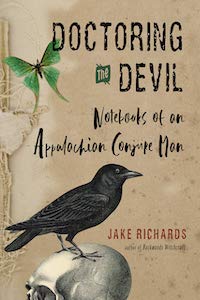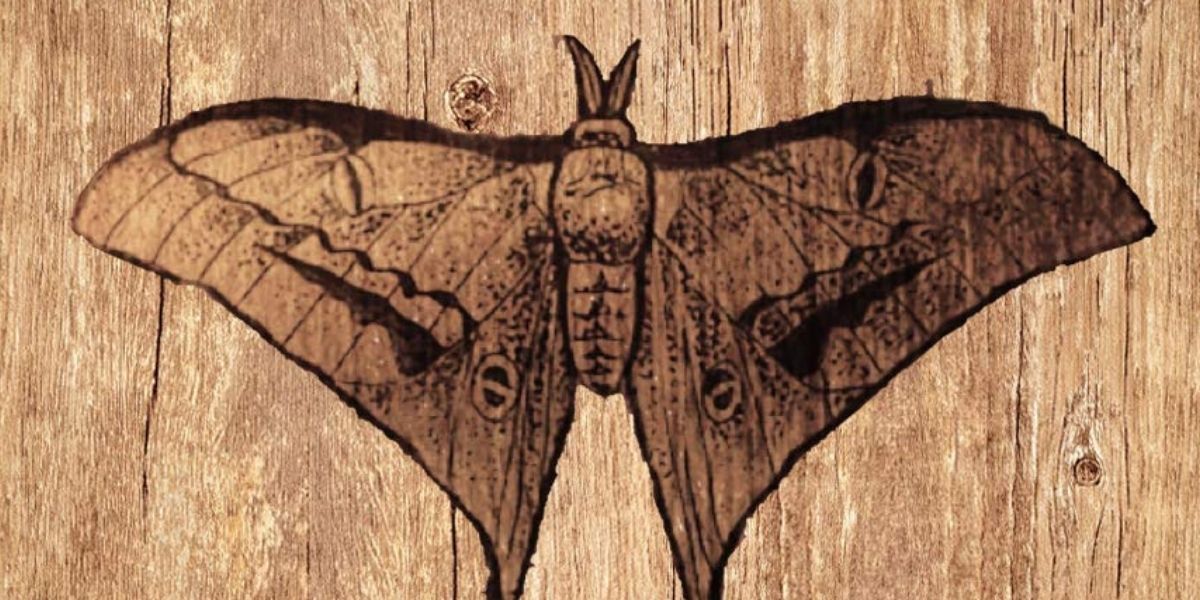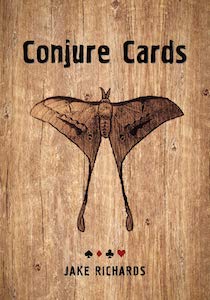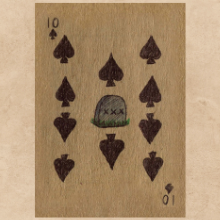
Doctoring the Devil: Notebooks of an Appalachian Conjure Man, by Jake Richards
Weiser Books, 1578637333, 288 pages, April 2021
Growing up in a family that has practiced Appalachian folk magic and conjure for generations, Doctoring the Devil: Notebooks of an Appalachian conjure Man author Jake Richards has a depth of knowledge about these topics that transcend his decade of personal practice. His official bio also states that he teaches classes on the subject in Jonesborough, Tennessee, where he owns Little Chicago Conjure, a supplier of Appalachian folk magic supplies and ingredients.
The book begins with an introduction which briefly describes the author’s upbringing in Tennessee. From the very beginning of the book it is apparent how thoroughly Appalachian folk magic and conjure were interwoven through every part of Richards’ life, community, and heritage. And to be sure, he makes a distinction between folk magic and conjure – I found this distinction to be very interesting.
The first chapter contains descriptions of the many and varied types of “workers” are involved in this work, such as faith healers, root and yarb doctors, cow and horse doctors (people who mainly worked on livestock), witchdoctors, conjurers, root workers, hex doctors, witch finders, and love doctors. Before reading this book, I’ll admit that I was under the impression that most of these words were synonyms – a group of names that all described the same people. But the author points out the many differences between one type of worker and another – and to make things even more complex, many of them practice several types of work, so there are many crossovers and layers.
As mentioned previously, Richards makes a distinction between folk magic and conjure. Folk magic or root work is described as follows:
“The magical act of using roots and things to influence, incapacitate, attract, avert, or change a situation in the present or future in some manner. This includes superstitions like tossing salt over your left shoulder…or turning your pockets inside out to avert bad luck. Folk magic is any superstitious action taken without an appeal or prayer to a higher spirit or divinity that is alleged to cause a supernatural result.”1
Richards says that folk magic works by belief, and that these things are picked up from the old folks without question — because they work.
He goes on to describe the difference between folk magic and conjure. Conjure is the “direct and intentional employment of spirits, whether they be spirits of the graveyard, the ancestors, simple spirits of the land you live on, or some other presence, to work on your behalf. This also includes angels and God.”2. Descriptions of the different degrees of practice follow.
I found particularly fascinating the section on timing and weather, including moon phases, and what types of workings are done best in certain types of weather. Specific information on exactly the type of weather conditions that work best for using candles, powders, washes and oils, etc.
A section with stories about a handful of practitioners gives a good idea of the type of work these people did, and the reputations they had for doing it. One story tells of a woman called Witch McGaha of the Great Smoky Mountains, who once found someone stealing from her and “cursed her, sending Devils in the form of squirrels after her.”3 According to the story, the woman tried to run from the squirrels but the number of squirrels kept doubling. She tried to make it safely to her home but the squirrels tormented her to death and she died on her porch.
Chapter 4 begins with somewhat of a warning — “You’re in for a long run if you consider this work.”4 — before listing some “Precaution Rituals”, such as always making sure your head is covered, having a strong, unwavering will and a cunning mind, along with some very good general advice like “Listen more than you speak.”
Richards then begins to get to the meat of the book: actual instructions for a wide variety of workings. Over the next few chapters he details topics such as how to watch for signs and omens, throwing the bones, spiritual bathing, head and foot washing, sweeping and washing (a “general sweep” as well as a “sweep to remove witchcraft” and a “sweep to remove haints”.)
There is also a section on Egg Cleansing. Although I thought I knew a bit about this type of work, I had never heard of using an egg in this way. All of these workings are presented along with particular verses from the Christian bible to use alongside. There is a section on protection magic, and a section on money magic. Many different items are used in these workings, none of them too precious and most of them readily available, such as tobacco, candles, hair or nail clippings, red string, baby powder and various liquids including water, whiskey, and urine.
A spell for conceiving a baby requires boiling chickpeas, bathing in the water they were boiled in, and then sewing the dried chickpeas into the mattress the baby is to be conceived upon. This particular chapter also contains spells for reducing labor pains, curing the condition that brings miscarriage and stillbirths, a spell to end a pregnancy, and a whole list of spells to predict a child’s future as well as to ensure a baby’s future success.
The book rounds out these ideas with some workings for healing, as well as an entire chapter called Run Devil Run, that contains many workings to remove evil spirits, curses, and hexes from a person, place or thing. The book concludes with two appendixes with lists of correspondences and ingredients, along with a lengthy bibliography.
Overall, Doctoring the Devil contains encyclopedic knowledge of the subject matter presented by someone who has grown up around these practices and practiced them himself for over a decade. If you are interested in learning about and/or practicing conjure and Appalachian folk magic this is the book for you.

Cindie Chavez, “The Love & Magic Coach”, is a certified life and relationship coach as well as an author, speaker, and teacher. She has a reputation for bringing astounding clarity and having a wicked sense of intuition. She has a widely diverse range of other proficiencies and interests including astrology, kabbalah, tarot, magic, and spirituality. She also loves painting, knitting, gaming, and enjoying belly laughs with her husband and family.




